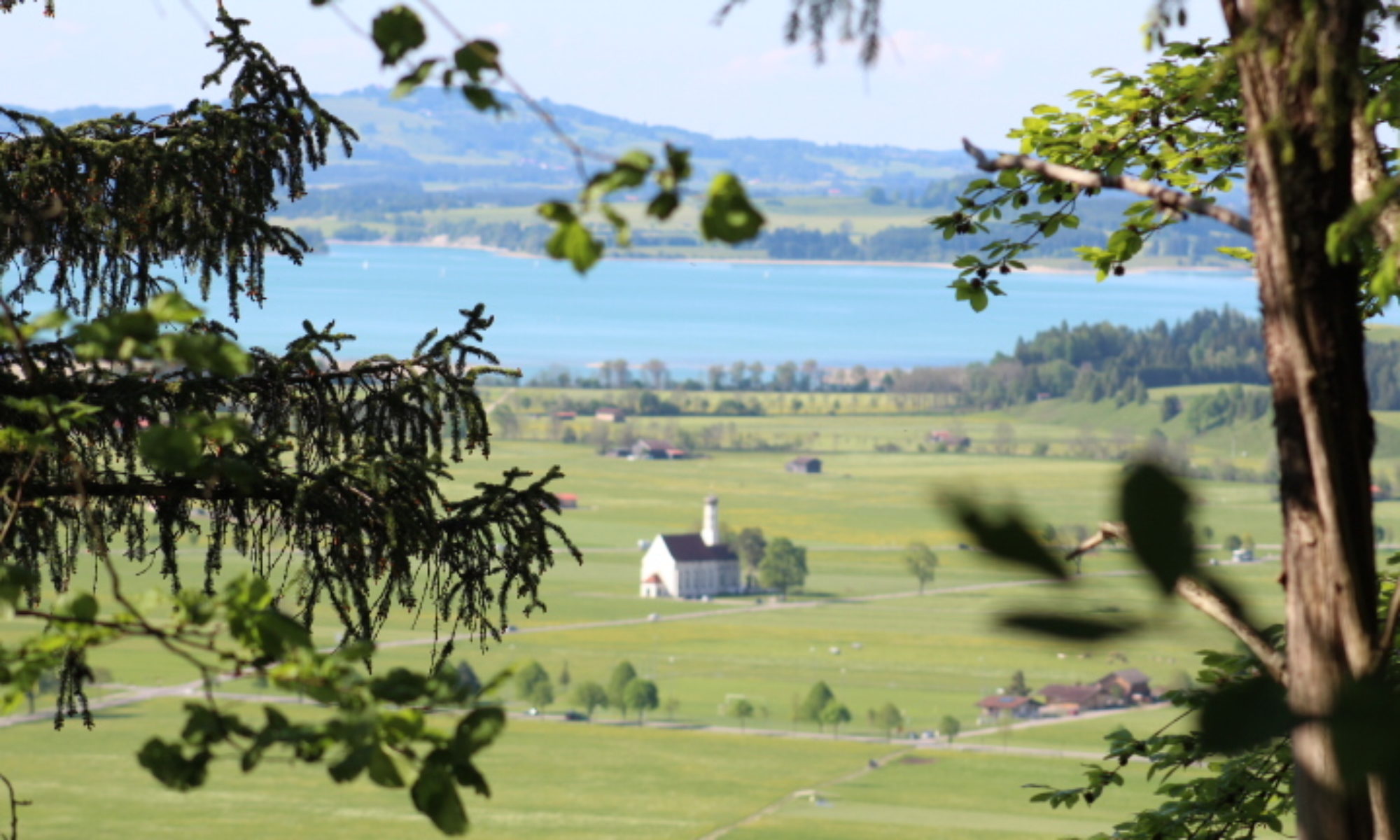Yes! Three days is all you’ll need to visit Singapore! This place is the future and from the moment you arrive at the airport you’ll see the difference. It’s a diverse island country. High-tech, modern, green, futuristic, organized, and clean is how we can describe Singapore. We saw robots at the airport and casino, we also saw signs everywhere encouraging people to help others, to support and use the technology available, signs to educate children correctly and to help ecosystems.


We arrived to Changi Airport in Singapore with high expectations since we knew it has been rated the Worlds Best Airport for seven consecutive years! Not sure if we even imagined what it would feel like. We thought after all it is an airport and has to function like one. For our surprise it felt nothing like any other airport we have traveled in. Our arrival from Bali went very smooth and in 10 minutes we had passed immigration, picked up our luggage, and were on our way to explore the city. Up to this point we were already very impressed and excited to explore Singapore and we had not even left the airport!
You’ll need to save at least one hour to go and explore the airport when you arrive or before departing. Transportation between terminals is very pleasant and you’ll want to go check out terminal 3. This is where you’ll find the famous Jewel where you can shop, dine, and explore.

Changi Airport
When making travel plans to Singapore keep in mind that it is expensive compared to most of Southeast Asia. It is one of the worlds most expensive cities to live in. Expect to see green spaces and plants everywhere, it is known as the Garden City.
Food
In Singapore the food is endless, you can find anything your heart desires. There is something for every budget when it comes to food. Very exclusive restaurants to reasonably priced food. We recommend you try the chicken rice which is Singapores traditional dish as well as the chili crab. Don’t miss going to one of the hawker stalls for a variety of traditional dishes and great prices for the quality of food. Marina Bay also has a fascinating food hall not to be missed!

Hawker Stalls 





Chicken Rice 
Transportation
Grab and the MRT system should be your go to in Singapore when it comes to transportation unless you’re renting a car. Grab works just like Uber in many Asian countries and is very reliable. We used it at the airport. The MRT (mass rapid transit) system is a breeze and this was our favorite option for transportation. Most attractions are within walking distance from a station. Prices are between S$1.10 and S$2.50 to go anywhere in the city. For us this the fastest way to move around the city as there can be some traffic during rush hour. Don’t miss riding one of the best railway systems out there and don’t be afraid to get lost because they make it very easy to get to all attractions and main neighborhoods.
You won’t be disappointed as everything is very clean and organized. No one honks the car, it is almost silent when you walk around the city. During peak hours traffic is not terrible at all either.
Marina Bay
Marina Bay is an area composed of some of the best architecture and upscale hotels including the famous Marina Bay Sands Hotel. You’ll want to spend the day at Marina Bay admiring the different sculptures, shopping, eating, and taking in the fascinating views. Every night there’s a free light and water show that you won’t want to miss (starts at 8pm). There’s so much to see and lots of walking that you’ll want to dedicate 2 days to this area.

At the Marina Bay Sands Hotel you can go up to the Skydeck for views of Singapore, this costs $23usd. We recommend going to Ce La Vi which is a rooftop bar on the 57th floor to get close to the world’s largest rooftop infinity pool! Going up to the rooftop bar requires purchasing a ticket for $22usd which is yours to consume and enjoy a nice drink while looking at the city views and the infinity pool. Only guests with a reservation at the hotel are allowed into the pool area so unless you’re staying at the hotel this will be your best chance at admiring the architecture and views. Rooms at the hotel start at $350 per night if you decide you want to go that route.
While at Marina Bay Sands visit Gardens by the Bay which houses two conservatories, the Cloud Forest and Flower Dome. Here, you’ll also find the Supertree Grove. The Supertree Grove is one of our favorites! The Avatar like giant trees are spectacular and you can pay a small fee to go on the suspended walkway (OCBC Skyway). Not scary at all!

The Cloud Forest houses an impressive 35 meter tall waterfall set against a carpeted wall of plants. In the Flower Dome you’ll find plants from the Mediterranean and semi-arid subtropical regions, spread across nine smaller Gardens. It holds a 2015 Guinness World Record for world’s largest greenhouse. For the Flower Dome and Cloud Forest, you can purchase entry to both for S$28 for adults and S$15 for kids.

Cloud Forest 

Flower Dome 

Other areas to explore in Singapore
- Clarke Quay: party area with bars and restaurants; can also take a river cruise here (the river cruise is not that great to be honest)
- Chinatown
- Orchard Road: shopping precinct
- Little India

Orchard Rd 
Clarke Quay 
Chinatown

If you would like to see more about our experiences in Singapore, please visit our Instagram highlights and Facebook page @everywhereabroad.

















































































































































































































